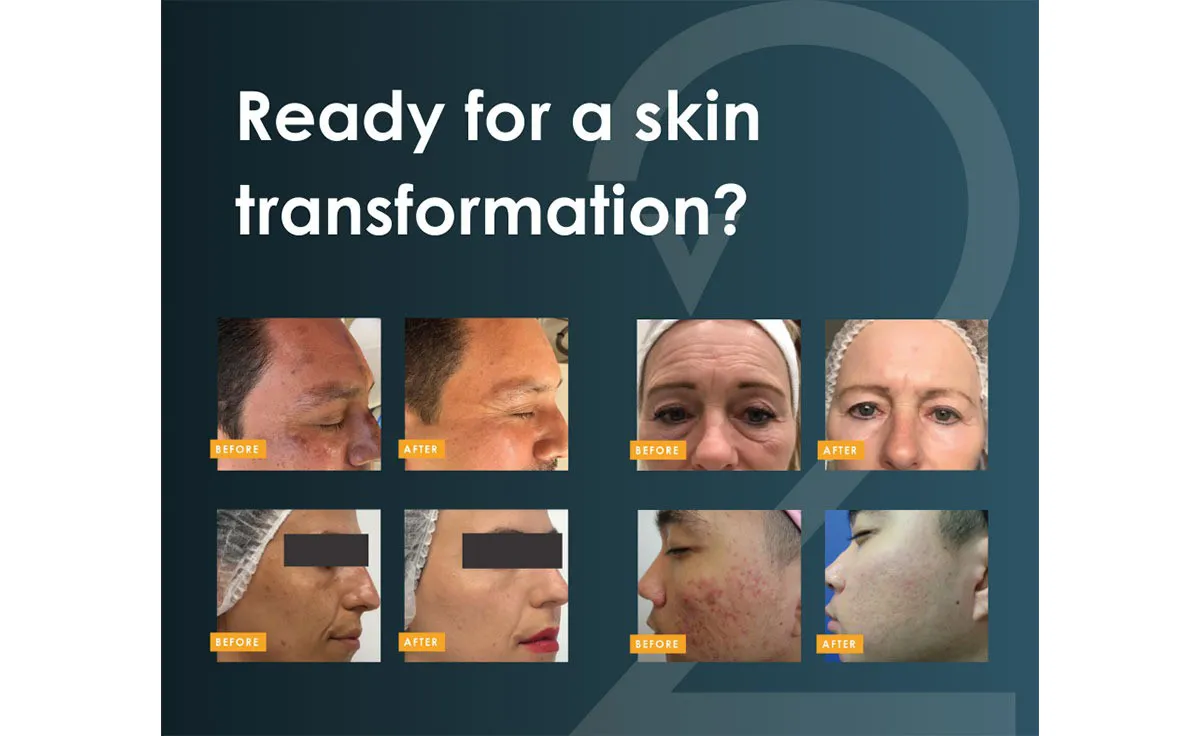Conclusion
Tixel is a breakthrough in skin resurfacing, offering impressive results with minimal downtime. But as with any treatment, understanding the potential side effects and how to manage them is key to achieving the best outcome.
Key Takeaways:
Expect mild, temporary side effects like redness, swelling, and a dry, tight feeling. These are normal and part of the healing process.
Rare risks, like hyperpigmentation or blistering, can be avoided with proper pre- and post-treatment care.
Sun protection is non-negotiable. SPF 50+ is your best defence against unwanted pigmentation and long-term damage.
Patience is key. Healing continues beneath the surface for weeks, so follow your provider’s advice to maximise results.
Your skin deserves expert care. If you’re considering Tixel, consult with a trained specialist who understands your skin type and concerns. A well-informed decision leads to the best experience and long-lasting results.


